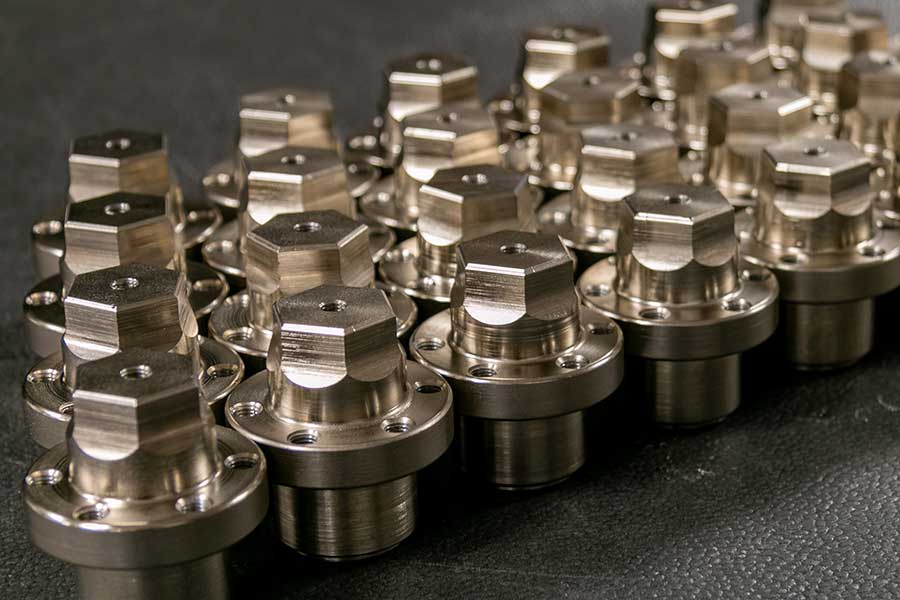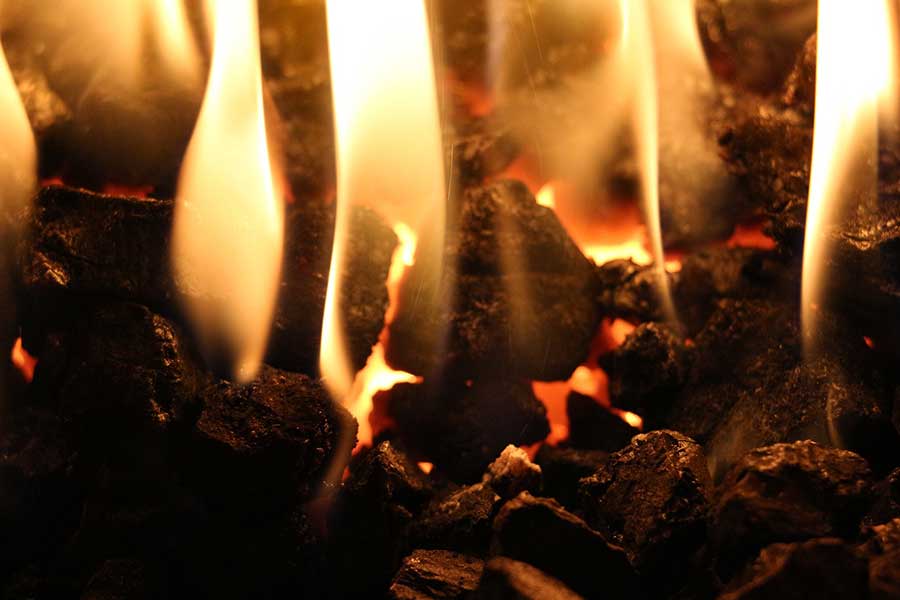Metal heat treatment
Metal heat treatment is a process used to alter the physical and mechanical properties of a metal to improve its performance and durability. There are several different types of heat treatment, including annealing, normalizing, hardening, tempering, case hardening and carburizing.
Heat treatment processes are critical to ensure the metal will perform as intended for the specific application. Each method has unique parameters and characteristics, and it’s essential to engage a professional before performing any heat treatment on a metal.
Metal Heat Treatment.
Annealing:
Annealing is a heat treatment process used to soften metal by heating it to a specific temperature and then allowing it to cool slowly. The purpose of annealing is to reduce the hardness of metal and make it more ductile, which can improve its formability, machinability, and toughness.
The process of annealing typically involves heating the metal to a specific temperature, typically above its recrystallization temperature (the temperature at which the metal’s crystal structure changes), holding it at that temperature for a period of time, and then allowing it to cool slowly. The heating and cooling rates and the temperature are important factors to consider when annealing metal.
There are several different types of annealing, including:
- Full annealing: This is used to soften the metal completely, it is typically used for large, complex parts that need to be machined or formed.
- Spheroidize annealing: This is used to soften the metal and to produce a spheroidal (or rounded) structure in the metal. It is typically used for high-carbon steels and alloy steels.
- Process annealing: This is used to improve the formability of a metal, typically used for cold-worked materials like cold-rolled steel.
- Stress relief annealing: This is used to remove internal stresses caused by cold working or welding, it is typically done to prevent distortion or cracking.
- Isothermal annealing: This is a type of annealing where the metal is held at a specific temperature for an extended period of time; this is used to obtain a specific microstructure in the metal, particularly for steels.
Normalizing:
Normalizing is a heat treatment process similar to annealing, but the metal is cooled in the air rather than being cooled slowly. The purpose of normalizing is to improve the homogeneity of the microstructure and to increase the strength of the metal.
The process of normalizing typically consists of heating the metal to a specific temperature, typically above its upper critical temperature (the temperature at which the metal’s microstructure changes), holding it at that temperature for a period of time, and then allowing it to cool in the air. The heating and cooling rates and the temperature are important factors to consider when normalizing metal.
Normalizing can be used on various types of steel and alloys; it is most commonly used for carbon steels, low alloy steels, and some cast iron. Normalizing can improve machinability, ductility and toughness, and reduce internal stresses caused by cold working or welding.
Normalizing can also be used to refine the grain structure of a metal; by allowing the metal to cool slowly, the grains can grow uniformly, improving the properties of the metal. As with any heat treatment process, the temperature and cooling rate are specific to the type of metal and the desired properties of the end product.
Hardening:
Hardening is a heat treatment process that increases the hardness of a metal by heating it to a specific temperature and then cooling it quickly. This process increases the wear resistance and strength of a metal. Hardening is typically used for high-carbon, alloy, and tool steels, and it’s essential to consult with a professional to determine the correct hardening parameters for a specific application.
The hardening process typically involves heating the metal to a specific temperature, known as the hardening temperature, which is above the critical temperature of the metal and then rapidly cooling it; this process is known as quenching. The cooling rate, as well as the temperature, are important factors to consider when hardening metal.
There are different methods of quenching, including:
- Oil quenching: This is the most common method; it involves immersing the hot metal in a bath of oil. This method can be used for most steel and alloys.
- Water quenching: This method involves immersing the hot metal into a water bath. This method can be used for some steels, like high-speed steels, but it can cause cracking and warping in other types.
- Air quenching: This method involves cooling the hot metal in the air by using forced air or a fan. This method is typically used for small parts or thin sections of metal.
Once the metal has been quenched, it is usually tempered to reduce brittleness and increase toughness, this process is called tempering. The temperature and time of the tempering process will depend on the type of steel and the desired properties.
Tempering:
Tempering is a heat treatment process that is used to improve the toughness and ductility of a metal while also reducing its brittleness. It is typically used on high-carbon steels and alloys that have been hardened through the process of quenching.
The basic principle of tempering is to heat the metal to a specific temperature below its critical point, and then allowing it to cool at a controlled rate. The specific temperature and cooling rate depend on the type of metal and the desired properties.
During the tempering process, the metal’s microstructure is modified, the retained Austenite is transformed into different phases such as ferrite, pearlite, bainite or martensite. This change in microstructure improves the metal’s toughness, ductility, and machinability.
There are different methods of tempering metal, such as:
- Open-air tempering: The metal is heated in a furnace and then cooled in the open air.
- Oil tempering: The metal is heated and then cooled in oil.
- Controlled-atmosphere tempering: The metal is heated in a furnace and cooled in a controlled atmosphere, such as an inert gas, to prevent oxidation.
- Induction tempering: The metal is heated by an electromagnetic field generated by an induction coil.
It’s essential to follow the correct heating and cooling times and temperatures for the specific type of metal and the desired properties.
Case hardening:
Case hardening is a heat treatment process used to harden a metal’s surface while leaving the core softer and more ductile. It is typically used on low-carbon steels and other low-alloy steels that are relatively soft and easily machined.
The basic principle of case hardening is to add a hardening agent, such as carbon, to the surface of the metal. This is done by heating the metal in a furnace with the hardening agent, typically a carbon-rich compound such as carburizing powder, gas, or pack. The metal absorbs the carbon, which diffuses into the surface layers, forming a hard, wear-resistant case.
There are different methods of case hardening, such as:
- Carburizing: The metal is heated in a furnace with a carbon-rich atmosphere or a carbon-rich compound, such as carburizing powder.
- Nitriding: The metal is heated in a furnace with a nitrogen-rich atmosphere or a nitrogen-rich compound, such as ammonia.
- Carbonitriding: The metal is heated in a furnace with a mixture of carbon and nitrogen.
After the case hardening process, the metal is usually quenched to rapidly cool the surface and lock in the carbon and then tempered to improve the toughness and ductility of the core.


